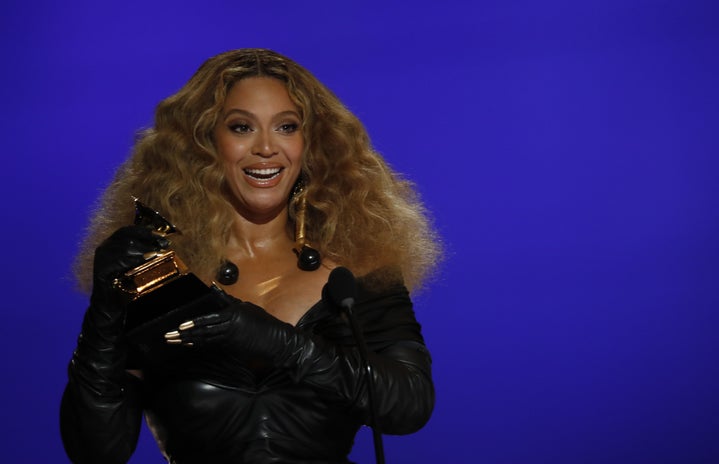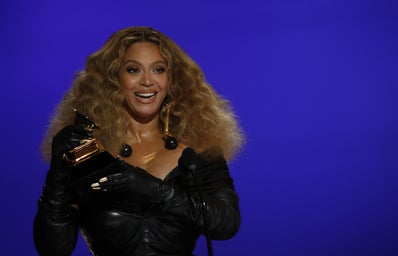When Beyoncé dropped her seventh studio album, Renaissance, I had a feeling that she would be going on tour. However, I knew that getting tickets for this tour would be extremely competitive. After seeing what happened between Ticketmaster and Taylor Swift, I wondered if Beyoncé would run into the same problem.
Like Taylor Swift, Beyoncé has a large fanbase; this made me interested in seeing how high the demand for tour tickets would be. It is important to note that Ticketmaster (and other ticket distribution companies) often use a business strategy called dynamic pricing. Dynamic pricing is when a business adjusts the prices of its product based on the demand for what is being offered. Simply put, the more people who want tickets, the higher Ticketmaster will raise the prices and charge more because they can. It makes sense as to why businesses use this strategy. However, it often leaves a lot of fans without a chance to see their favorite artist(s) perform. Dynamic pricing often makes “nosebleeds” costs hundreds of dollars, and VIP sections thousands of dollars, making concerts unaffordable for most people.
To help ease the tension around ticket sales and to ensure fans could get a chance to purchase tickets, several measures were put in place. For the United States, ticket sales were divided into three groups depending on geographical location. Each group had three different types of ‘Verified Fan Registration’: BeyHive Verified Fan Registration, Citi Verified Fan Registration, and Verified Fan Onsale Registration. Personally, I think that this was a smart route to take. It is common for different ‘bots’ or companies to buy up tickets only to resell them for a higher price. These various registrations helped limit that practice and give fans a better chance of acquiring tickets.
I was curious to see how others felt about Beyoncé’s strategy with the different registration, as well as the use of dynamic pricing. One student from Pace University, who preferred to not be named, said that they applaud Beyoncé for the three types of registration, “Beyoncé and her team were very smart for putting that system in place. It potentially can help more fans get tickets and stop them from running into a problem like Taylor Swift.” When I asked them about their thoughts on dynamic pricing, they had very little to say. In short, they understand why businesses use the strategy, but think the practice can get out of control. I continued to ask other students from Pace University about their thoughts to see if they had different opinions. However, out of the group of students I talked to, opinions didn’t differ from each other. This leads me to think that a multi-step verification should be adopted more while a solution to dynamic pricing is being figured out. I understand that dynamic pricing won’t go away, however, I don’t think it’s fair that tickets can skyrocket hundreds of dollars within a matter of seconds.
Overall, I’m pleased that Beyoncé had three different types of registration. I think this was a major step towards ensuring that fans can get tickets. It should be a practice that all major artists adopt. Concerts should be an enjoyable experience for all, no matter where one sits. Once a multi-step registration verification becomes common practice, I think our focus on concerts should shift to how they can become affordable for fans, while continuing to support artists.


